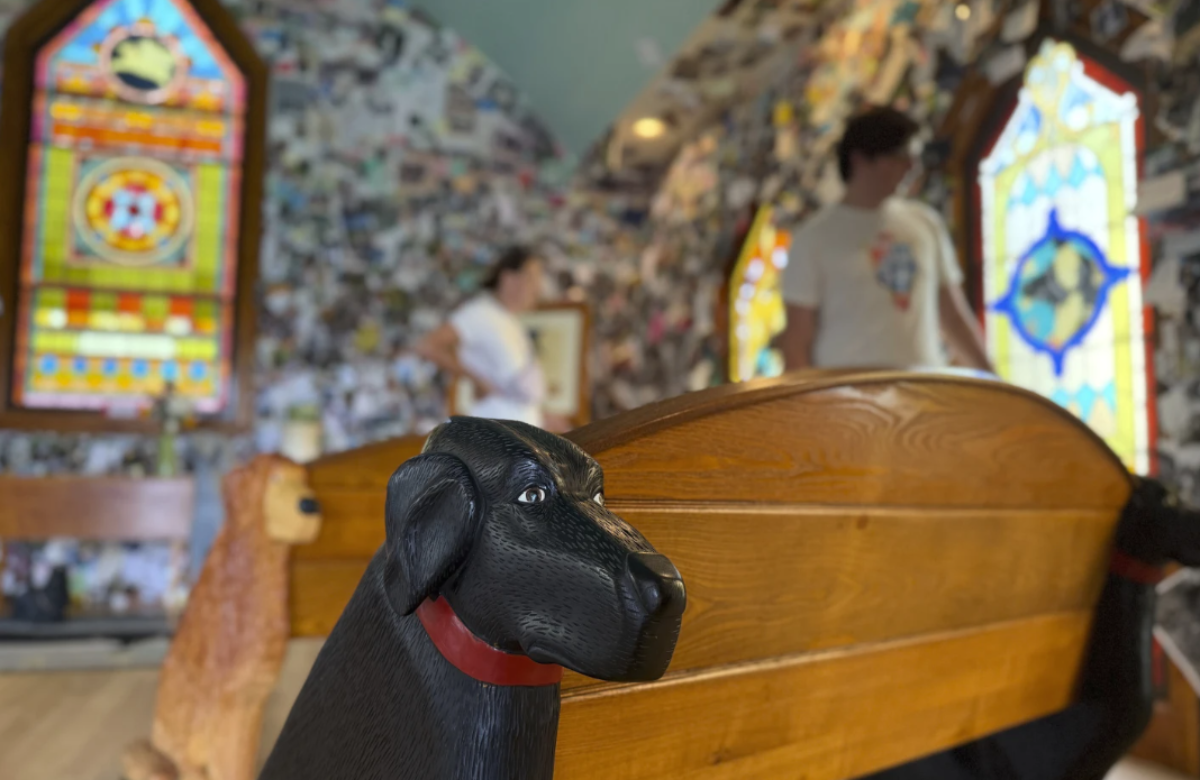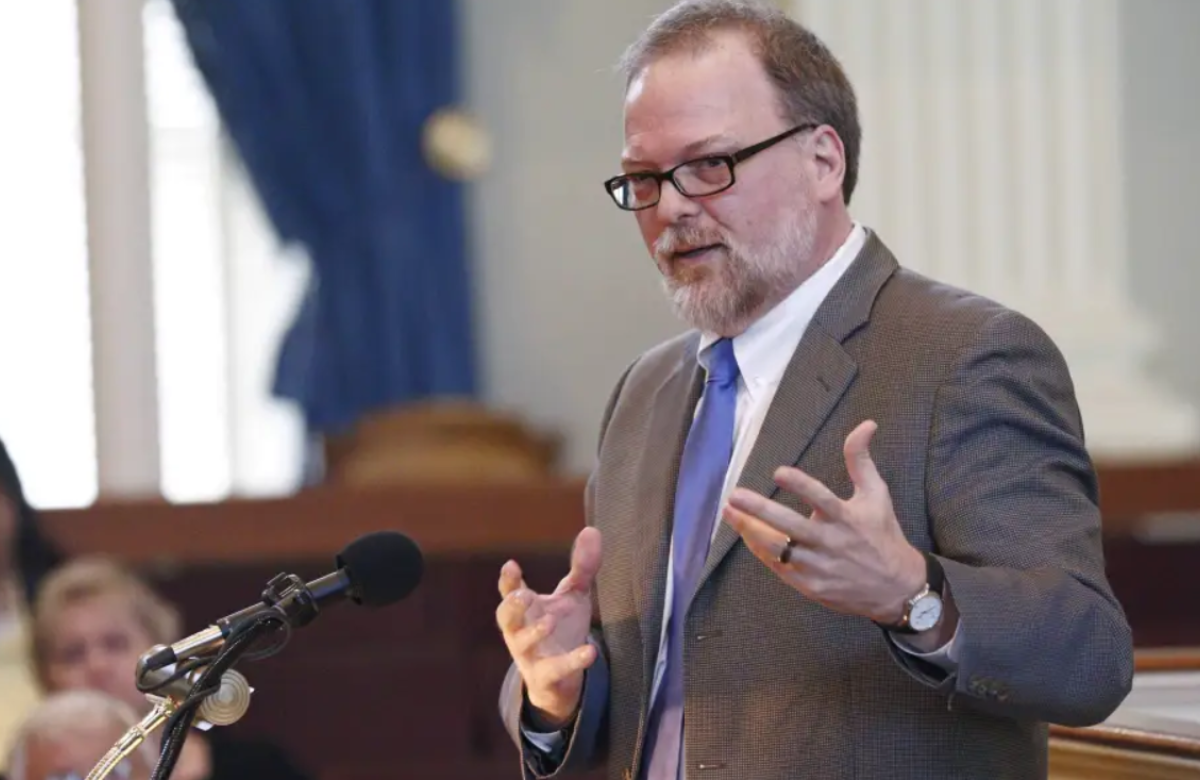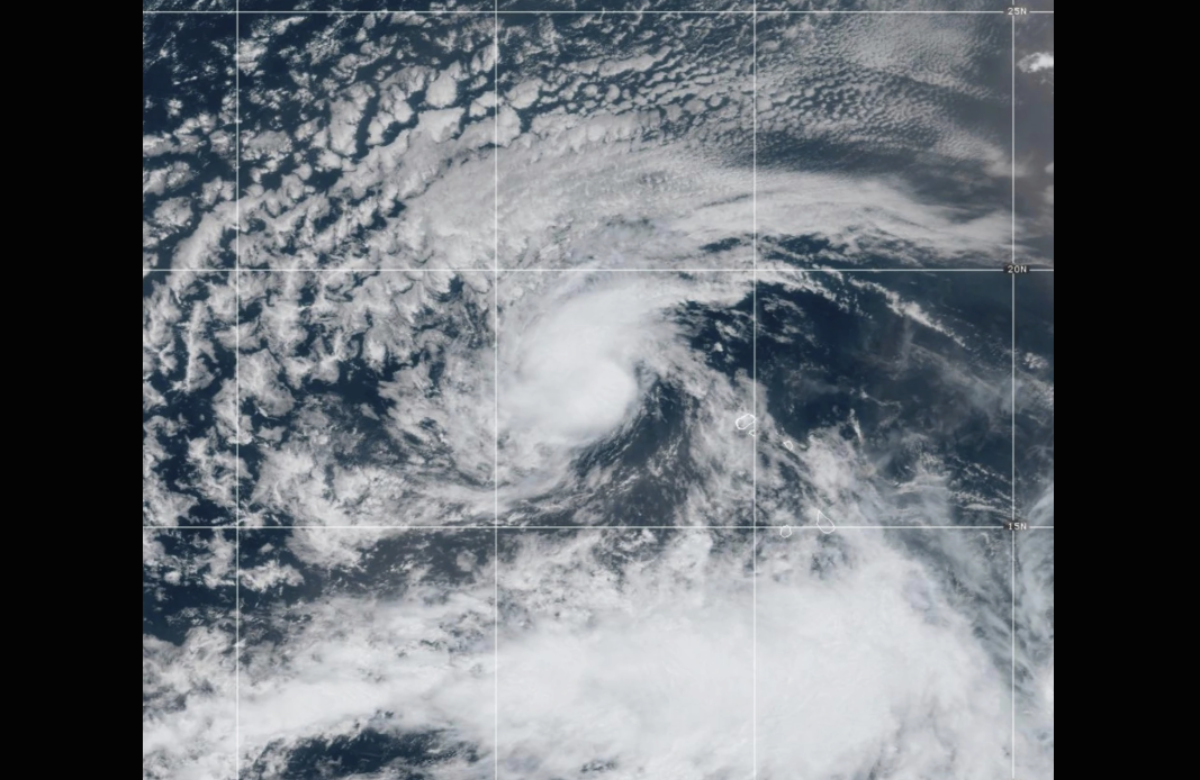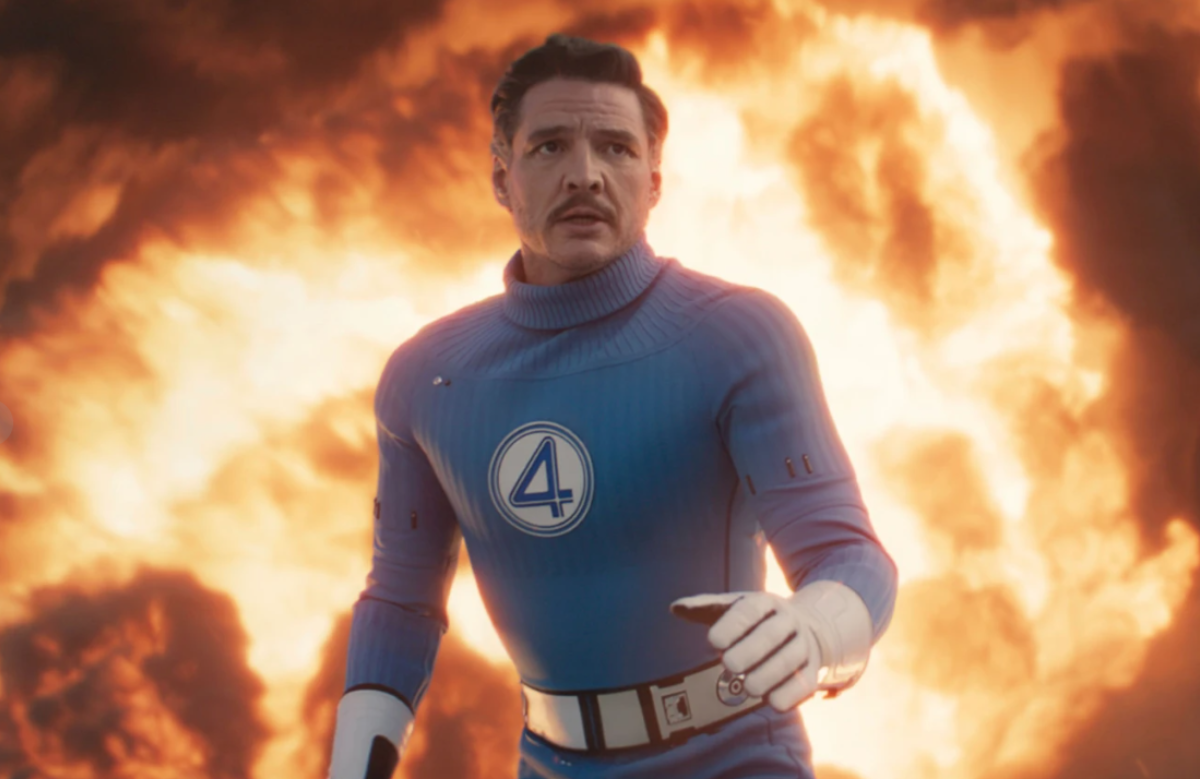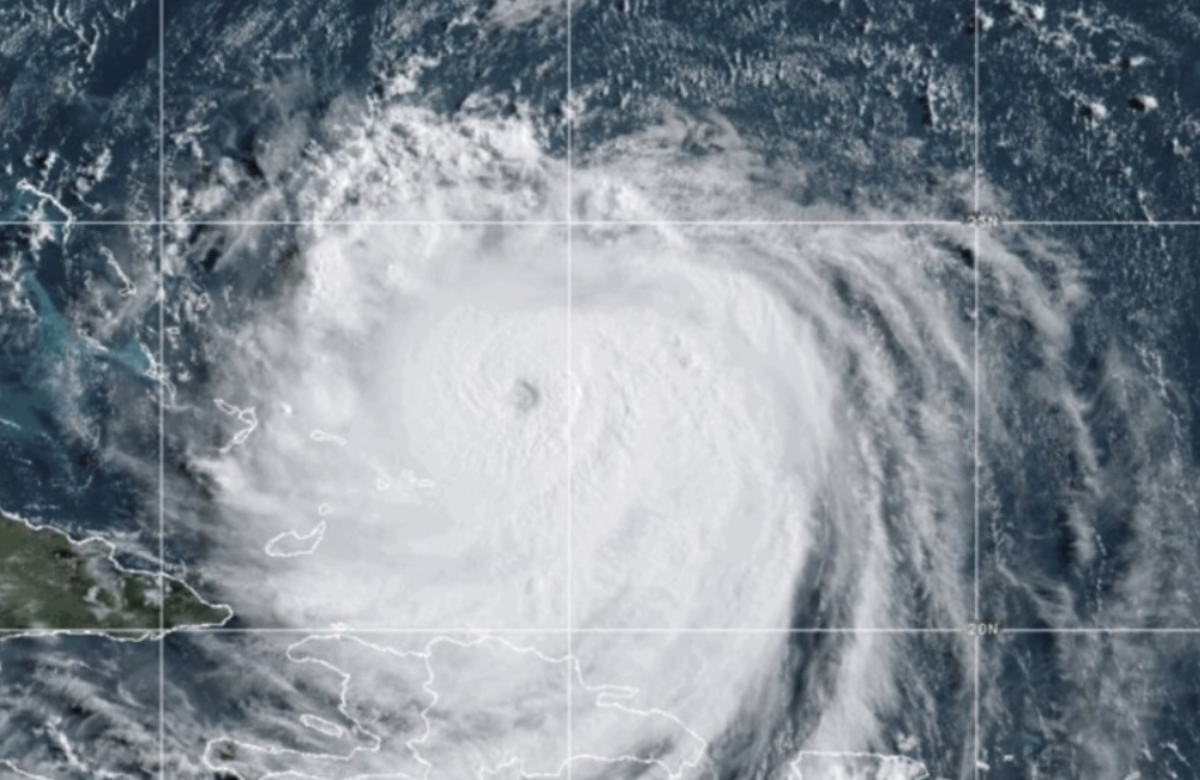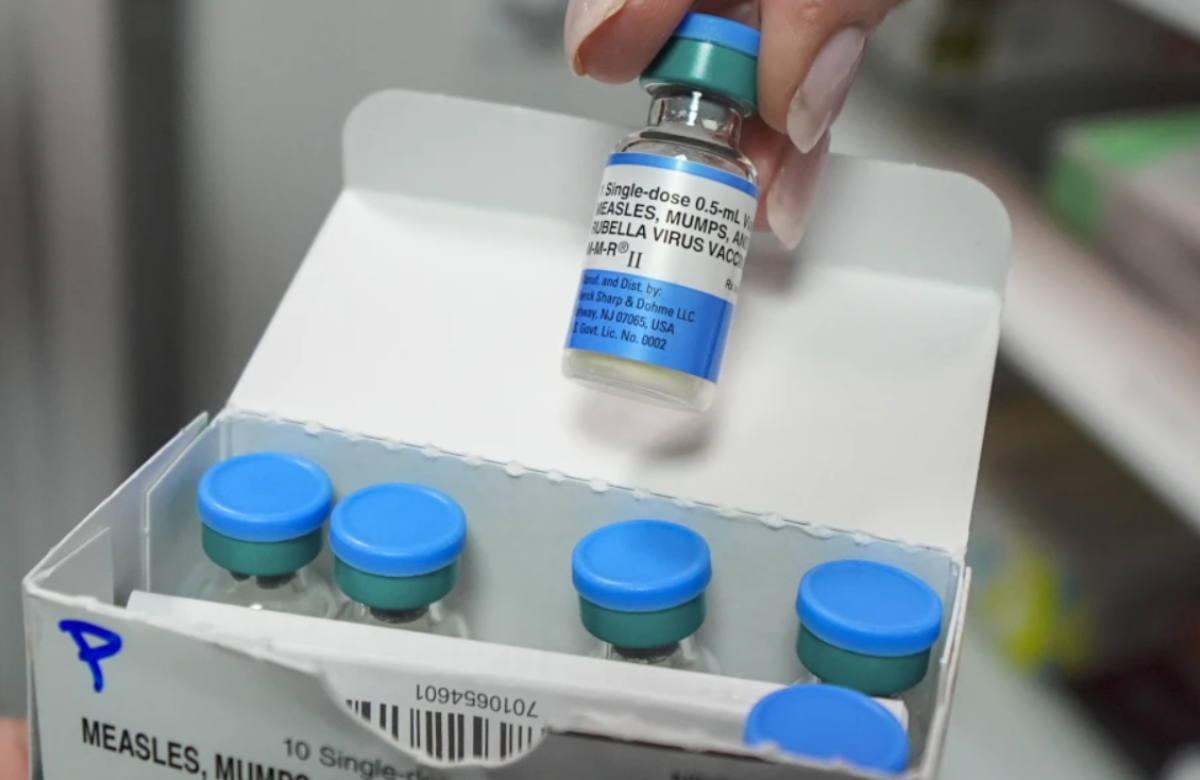Hurricane Milton Causes Widespread Damage Across Florida
Hurricane Milton swept across Florida on Thursday, causing widespread damage from the Gulf of Mexico to the Atlantic. The storm left millions without power, flooded neighborhoods, destroyed homes, ripped off the roof of a major sports arena, and knocked a large crane into an office building.
In downtown Tampa, strong winds knocked down traffic lights, uprooted signs, and sent construction barriers skidding along the wet streets. Milton’s winds also damaged plywood barriers intended to protect against the storm, and part of a building’s brick facade collapsed, partially obstructing a road.
Meteorologist Tyler Fleming informed that while Tampa Bay avoided a significant storm surge, it did experience a reverse storm surge, which pushed water away from the coast. However, the state Division of Emergency Management cautioned residents against venturing into the receding water, warning that it would return with storm surge and could pose serious risks to life.

Landfall and Continuing Effects
Hurricane Milton made landfall on Florida’s western coast around 8:30 p.m. Wednesday as a Category 3 hurricane, with sustained winds reaching 120 mph and spawning several tornadoes. By early Thursday, the storm was moving out of the state near Cape Canaveral, but the Space Coast continued to experience strong winds and heavy rainfall, according to the National Hurricane Center.
Fatalities and Power Outages
Reports indicate that at least two fatalities occurred at a retirement community in Fort Pierce due to a suspected tornado, as noted by St. Lucie County Sheriff Keith Pearson. By Thursday morning, over 3.2 million homes and businesses were without power, as reported.
Flash Flood Emergency Declared
A flash flood emergency was issued for Tampa, St. Petersburg, and Clearwater, as the region experienced over 16 inches of rainfall.
The eye of Hurricane Milton made landfall in Siesta Key, a barrier island near Sarasota, located about 50 miles south of Tampa. This storm hit just two weeks after Hurricane Helene impacted the Florida coast, causing destruction across seven states.
Updates on Storm Movement and Economic Impact
∎ By early Thursday, Hurricane Milton was moving away from Florida, situated 75 miles east-northeast of Cape Canaveral, with sustained winds of 85 mph and a speed of 18 mph, according to the National Hurricane Center’s 8 a.m. report.
∎ Oil prices increased on Thursday due to rising fuel demand, the effects of Milton in Florida, and concerns over potential supply disruptions in the Middle East amid escalating tensions between Israel and Iran, a major oil producer. The storm has already led to heightened gasoline demand in Florida, with about 25% of fuel stations running out of supplies, contributing to the increase in crude prices.
∎ Tornadoes struck southwest Florida on Wednesday, affecting areas such as Collier County and Lee County, and causing significant damage in Fort Myers and Cape Coral, according to local officials.
Crane Collapse and Safety Concerns in St. Petersburg After Hurricane Milton
Officials reported late Wednesday that a crane collapsed at a construction site in downtown St. Petersburg, Florida. The incident created a large hole in an office building that hosts several businesses, including the Tampa Bay Times. Fortunately, no injuries were reported at the time.
Venice spokeswoman Brianne Lorenz emphasized the importance of staying off the roads, noting that nearly all traffic lights were out and should be treated as four-way stops. She warned of significant debris and downed power lines, making the roadways unsafe.
The city of St. Petersburg urged residents to continue sheltering in place and to avoid the affected area.
Hurricane Milton’s Potential Impact on the Insurance Industry
Hurricane Milton could lead to losses of up to $100 billion for the global insurance sector, potentially causing a spike in reinsurance prices in 2025, which might benefit certain insurance company stocks, analysts reported on Wednesday.
The hurricane, which hit Florida’s storm-damaged west coast Wednesday night, generated at least 19 tornadoes and caused destruction across multiple counties, resulting in the loss of around 125 homes, primarily mobile homes, according to Governor Ron DeSantis.
DeSantis advised residents that it was too dangerous to evacuate safely, urging them to shelter in place. Analysts from Morningstar DBRS estimated that insured losses from Milton could range between $60 billion and $100 billion if the storm directly impacts the densely populated Tampa area. A total loss of $100 billion would place Milton alongside Hurricane Katrina in 2005, though they noted that insured losses would likely be “substantial but not catastrophic.”
Damage at Melbourne Orlando International Airport from Hurricane Milton
Hurricane Milton brought heavy rain and flash flooding to parts of Florida’s east coast, causing significant damage at Melbourne Orlando International Airport, where a 30-by-40-foot hole opened in the roof. According to Greg Donovan, the airport’s executive director, a large section of the terminal’s ceiling collapsed around 2 a.m.
Donovan explained that the fallen structure was a part of the skylight, known as a caul wall, located in the center of the terminal. Fortunately, he noted that the weather had been dry since the initial storm surge, which minimized further water intrusion. The airport was closed at the time of the incident, and no injuries were reported. Donovan mentioned that crews were being mobilized to repair the roof and prevent additional water damage.
Impact of Hurricane Milton on Local Residents
David Green, who took refuge at a family member’s home in Valrico, Florida, just east of Tampa, described the winds from Hurricane Milton as some of the worst he’s ever encountered. At 62 years old, Green had already faced the aftermath of flooding from Hurricane Helene, which forced him to empty his home in St. Pete Beach. As Milton approached, he and his family, along with several dogs, huddled in the interior hallways and closets, listening to what sounded like branches crashing onto the roof.
“Streets are flooded here. Lots of trees down,” he texted .“Many vinyl and wood fences are damaged in the neighborhood.” Eager to assess the condition of his home, Green hopes to drive back to St. Pete Beach soon. However, the Pinellas County Sheriff’s Office announced early Thursday that all roads leading into the county, which includes St. Pete Beach and St. Petersburg, would be “closed until further notice due to hazardous conditions.” Rescue operations were ongoing in the county, as reported on social media. “Several trees down, wires down, and hazards throughout Pinellas County,” one update stated. “Continue to shelter in place.”



